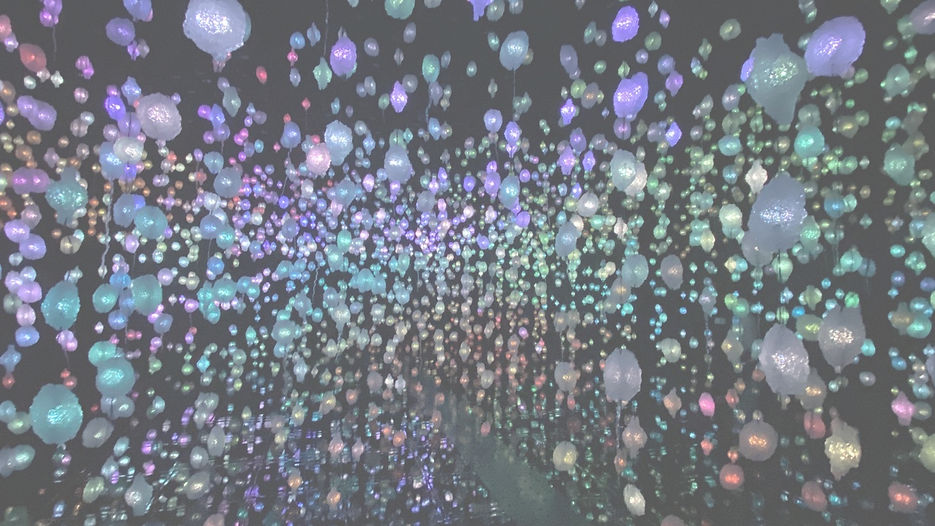
Collections Management
What did I learn?
-
Doing collection records
-
Learning about registration and doing it
-
Managing temporary deposits
-
What acquisition sources and methods there were
-
What exactly accessioning was
-
Types of artefact locations and inventory records
-
How to do artefact cataloguing
-
Describing and photo-documenting artefacts
-
Managing loans
-
Deaccessioning and disposing of artefacts
-
Collections management policies
-
How copyright affects museums
-
Databases and digitisation
-
Appraisals and tax receipts
-
Certification of cultural property
-
Collections access for the public and Indigenous peoples
-
Types of insurance
-
The repatriation and facilitating access to Indigenous collections for Indigenous peoples, and managing specialised collections

These pieces of information allowed us to learn the best practices in documentation – both in paper and digitally – for museums. It also broadened my horizons in how people interact both socially and legally with these artefacts. For some of our practicums, we filled out catalogues for our mini-exhibit object, and another museum artefact. Additionally, I was able to write an accession number on a museum artefact, and then fill out the documentation and research for it. That way, the museum would have more information about my object in its database.
What did I do?
-
Quizzes and tests
-
Doing a collections inventory
-
Adding accession numbers to both samples and artefacts in the Peterborough Museum and Archives (PMA)
-
Do artefact documentation
-
Do data cleaning, data enrichment, and recommendations for my NovaMuse Partnership Project
-
A PMA data entry on my artefact
-
An Ignite plan and presentation
For the NovaMuse project, I got to work with the Wallace Area Museum to look over 10 of their artefacts. By looking at those 10 artefacts, I could mention what they did well, and what information still needed to be added. Of those 10 artefacts, I then selected one of them to do more research on so the museum could add it to their database.


